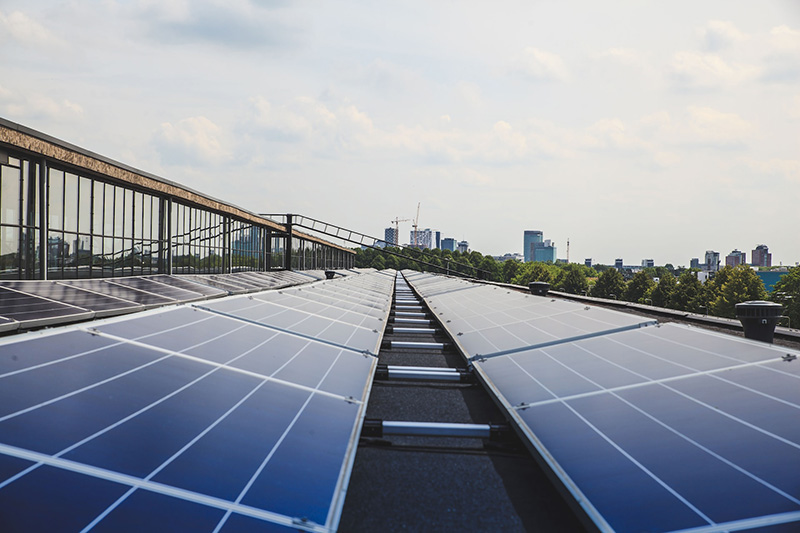The materials exist to power the world
New analysis from MIT suggests that geological reserves should suffice to meet anticipated needs for decarbonisation and climate impacts associated with the extraction and processing of these commodities is projected to be marginal.

The work, Future demand for electricity generation materials under different climate mitigation scenarios, published in Joule, notes that material production must expand to meet future power generation material needs, geologic reserves of materials are sufficient to meet all projected future demand; the magnitude of material needs scales directly with wind and solar deployment and emissions impacts of material production are non-negligible, but limited in magnitude.
The team modelled various climate scenarios and considered the implications for emissions. They also considered how demand from new clean power generation infrastructure will consume materials.
At the peak pace of a 1.5°C-consistent scenario, for instance, silver demand for solar panels might require ∼10% of current world production. Future aluminium and copper demand for power sector infrastructure could require ∼18% of current production. CuInGaSe (CIGS) thin-film solar could strain supply chains for indium and selenium even if CIGS thin-film is installed at a relatively low percentage of overall future solar PV capacity (2%).
Yearly demand for solar-grade cover glass and for fiberglass composites used in wind turbine blades could require over a fifth of current global flat glass manufacturing capacity and most of glass fibre production. This is an imprecise assessment, as not all flat glass or fiberglass is suitable for solar or wind applications, while different solar and wind technologies may use different types and grades of glass and fiberglass.
For some materials (dysprosium, neodymium, solar-grade polysilicon, or tellurium), annual power sector demand over coming decades will considerably exceed current global production rates, requiring large increases in production.
The study only focused on technologies that generate electricity. It didn’t include all the materials that would be needed to store and use that electricity, such as the batteries in electric vehicles or grid storage.







